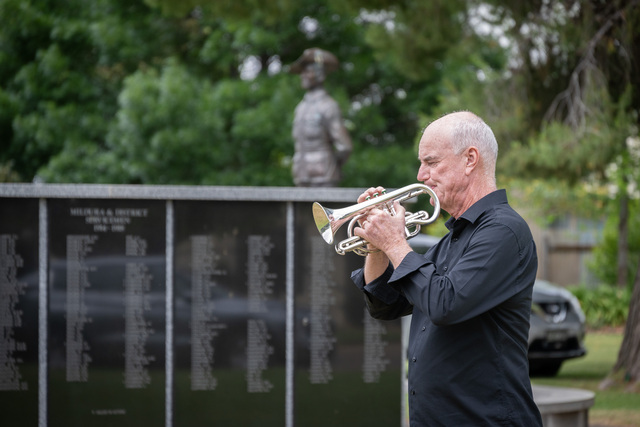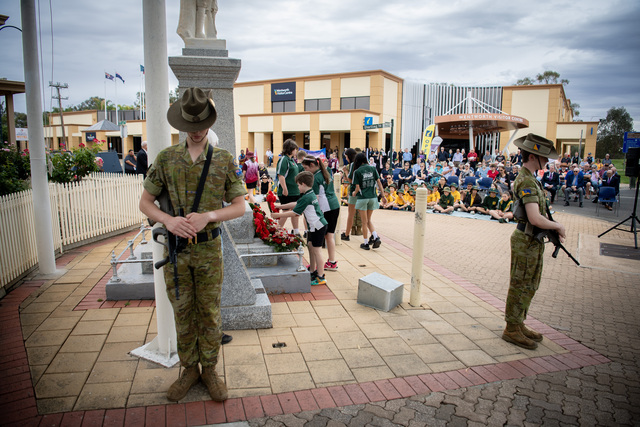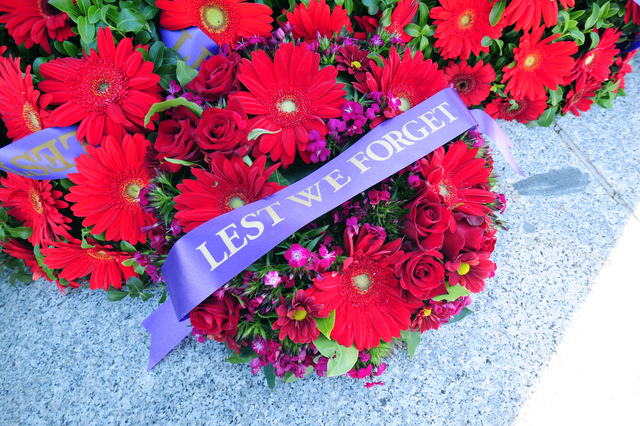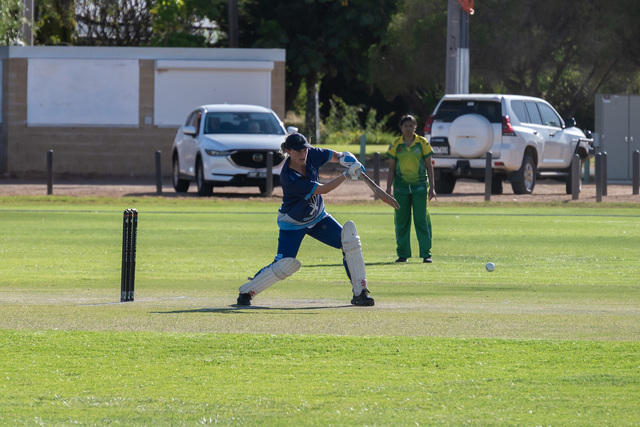For many Hula dancing is just that, dancing. It’s presumed to be a hobby or a pastime, even a social event. But for the people of Hawaii and Polynesia, Hula or Ura as it’s known to Polynesians, is their bridge to the past and the foundation of their culture. Danielle Wilcock sat down with native Cook Islander Vashti Aratangi, to discuss her journey and what inspired her to bring this beautifully expressive dance to the local Sunraysia community. Pictures: Carmel Zaccone
BORN in Raratonga, Cook Islands, Vashti Aratangi moved to Melbourne with her mother and seven siblings at 11 years old.
While they are now geographically quite spread out, it was family ties and a need for change that brought her to Sunraysia more than a decade ago.
It’s evident speaking with her that she had a great deal of appreciation for the community with which she lives, but it wasn’t without its hurdles.
“I grew up as a city girl and coming to Sunraysia was a big change,” she explains.
“I don’t really mind fast paced and city living but I needed a change and wanted to settle down and have a family
“It took me a while to settle, I didn’t know anyone but the Red Cliffs Community Resource Centre helped me integrate and get to know the community.”
Vashti now works at the Red Cliffs Community Resource Centre and what started five years ago as a voluntary placement turned into full time dedicated work.
Vashti talks fondly of the centre and the opportunities it’s afforded her.
“I love working for the resource centre, I absolutely love it,” she says.
“I love the community atmosphere and what it represents.”
Vashti’s affable nature and bubbly persona is undeniable suited to her workplace and the work it does within the local community.
She describes how it provided a safe place for her to further explore and express her culture to others.
“The community centre has allowed me to share my culture and has given me opportunity to begin my teaching of hula dancing. It’s something I’ve always wanted to do,” she says.
“Individually we should all want to connect with our roots and we should never forget who we are or where we have come from.
“When we move from home, remembering our roots is precious, it’s part of our identity.”
Vashti describes how her hula workshops had been received by her elders along with those both inside and outside of her cultural community.
“I was shocked to learn how many people had never heard of my country or culture before,” she says.
“Some people were resistant to it but attitudes and mind sets have changed.
“Social media has helped people of my culture see how it’s been received and understand that it’s OK to express our culture through dance with others.
“Traditions are sometimes hard to break, but after explaining that I had to be creative in order to be inclusive it was accepted.
“It was important to be creative without disrespecting my culture.”
Hula dancing classes are run weekly, with the group often performing. Most recently they performed at the Wentworth Show.
Vashti’s passion and enthusiasm is unwavering, she speaks with a great deal of pride and fondness for her culture and the classes she facilitates.
“I come from a family of performers, mostly dancers so I have grown up dancing and always wanted express that,” she says.
“The workshops I do with the community centre have allowed me to be more contemporary, which has been fun and appeals to others.
“The dancing has given me the opportunity to express my culture to the community. It’s been received very positively, which didn’t surprise me that much.”
The origins of hula dancing are markedly significant to the culture and have been continued for generations.
Hula in Hawaiian means dance. To Vashti; a native Cook Islander, it’s Ura that is used to describe this form of dancing.
Hula or Ura is immensely symbolic and is used as a story telling vehicle. In the absence of written language, it has enabled the stories of past generations and culture to be told.
Vashti explains the expressiveness of the movements and what they represent.
“The movements and the expressions of the arms and face, as well as the entire body tell a story,” she syas.
She goes on to describe the differences between Hawaiian, Cook Island and Tahitian forms of the hula dancing.
“Hawaiians sway with their hips, Tahitians move in circles and Cook Islanders move side to side,” she says.
“Traditionally the dancing was only performed for chefs of tribes for performance purposes.”
What can be understood about this beautiful form of dance is that those who partake regard it as a responsibility.
In order to tell the same story all must work as one, dance as one and share the same soul.
“The movements tell stories about nature, the wind, the sea, the land. They also express stories of love and family,” Vashti says.
“The stories have themes and have been passed down through generations.”
Despite women being stereo-typically associated with hula dancing, men are also involved but dance in a different way.
They also wear different traditional dress-wear.
“Women would typically wear a coconut bra and a skirt made of bark fibre,” she says.
“Headpieces are worn as well as wrist and ankle cuffs.”
Each traditional dress wear ties in with the story being told.
All the headpieces, cuffs and skirts are all made from natural resources and they work in harmony with the dancing in order to express the story being told.
When asked what her aspirations are for her workshops in the future, she talks about increased awareness, acceptance and inclusion.
“With our workshops and performance group I wanted to provide an opportunity for the entire family to get involved, both men and women, children and people of all ages,” she says.
“I want those who get involved to use the dancing as a way to express their feelings and emotions in a safe environment and increase confidence.
“I really wish for people to feel empowered. Some of the ladies’ growth since they have joined has been amazing and that’s my biggest achievement.
“Ultimately I want people to learn about my culture and for us all to accept each others differences.”







